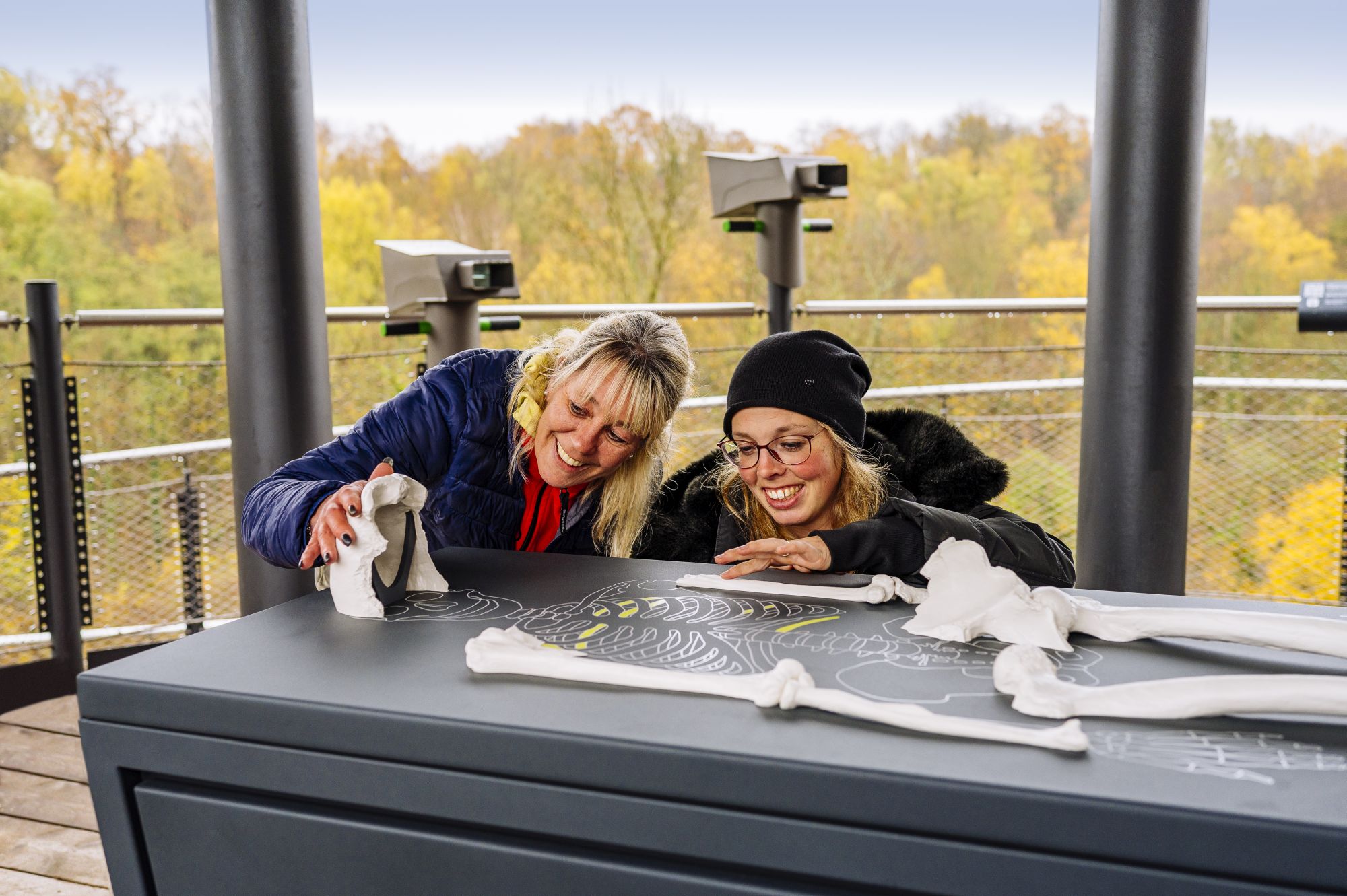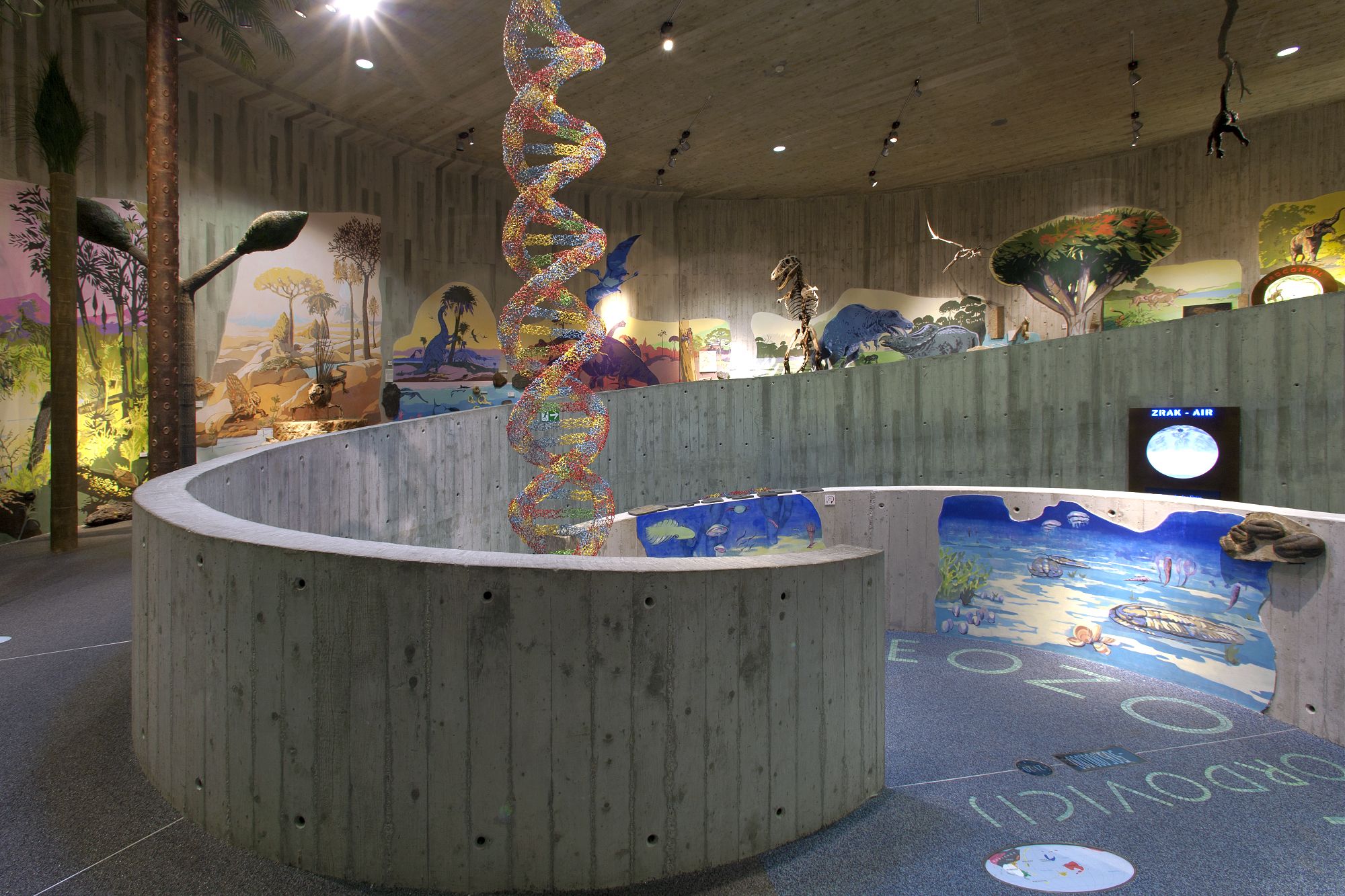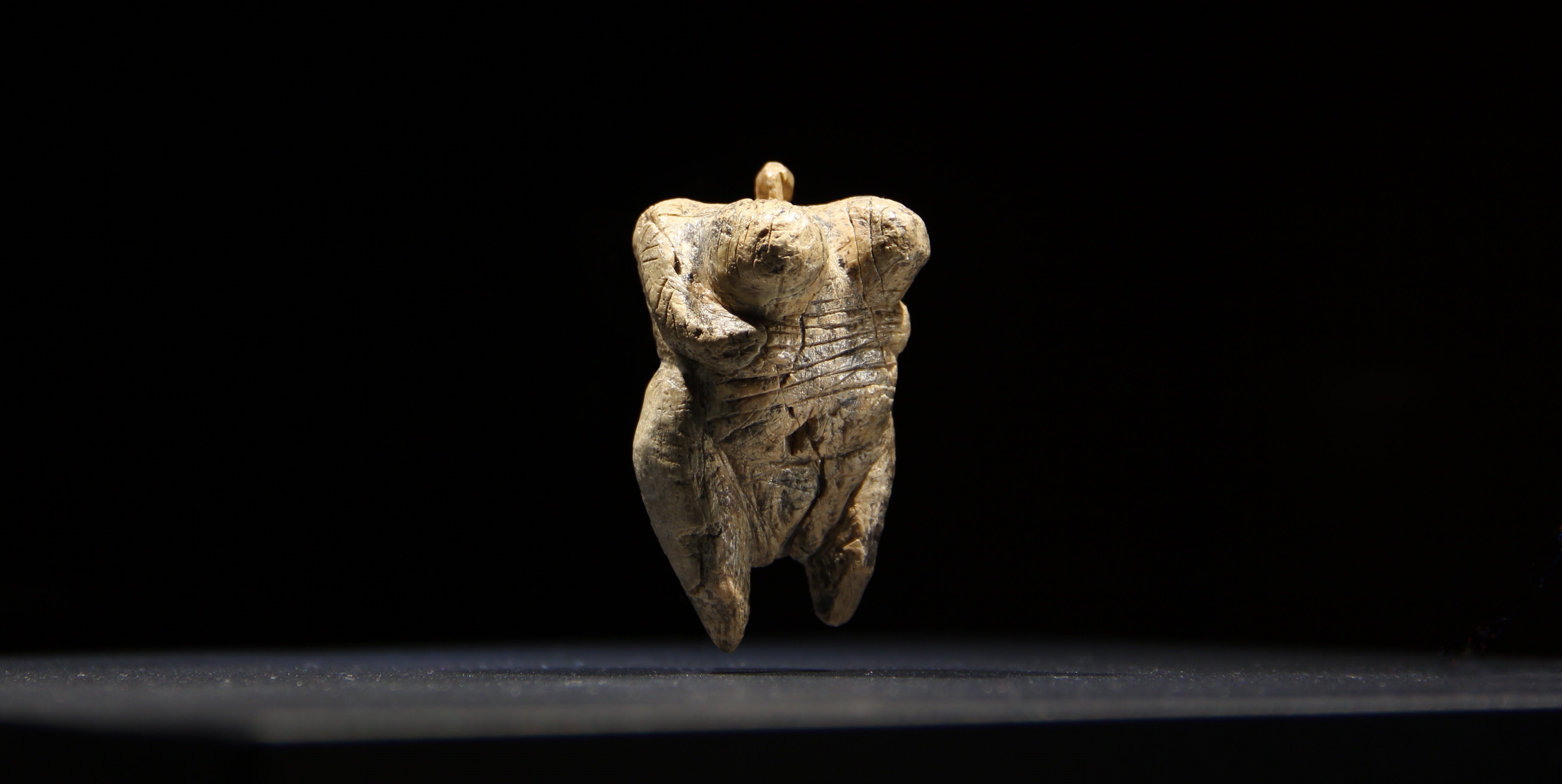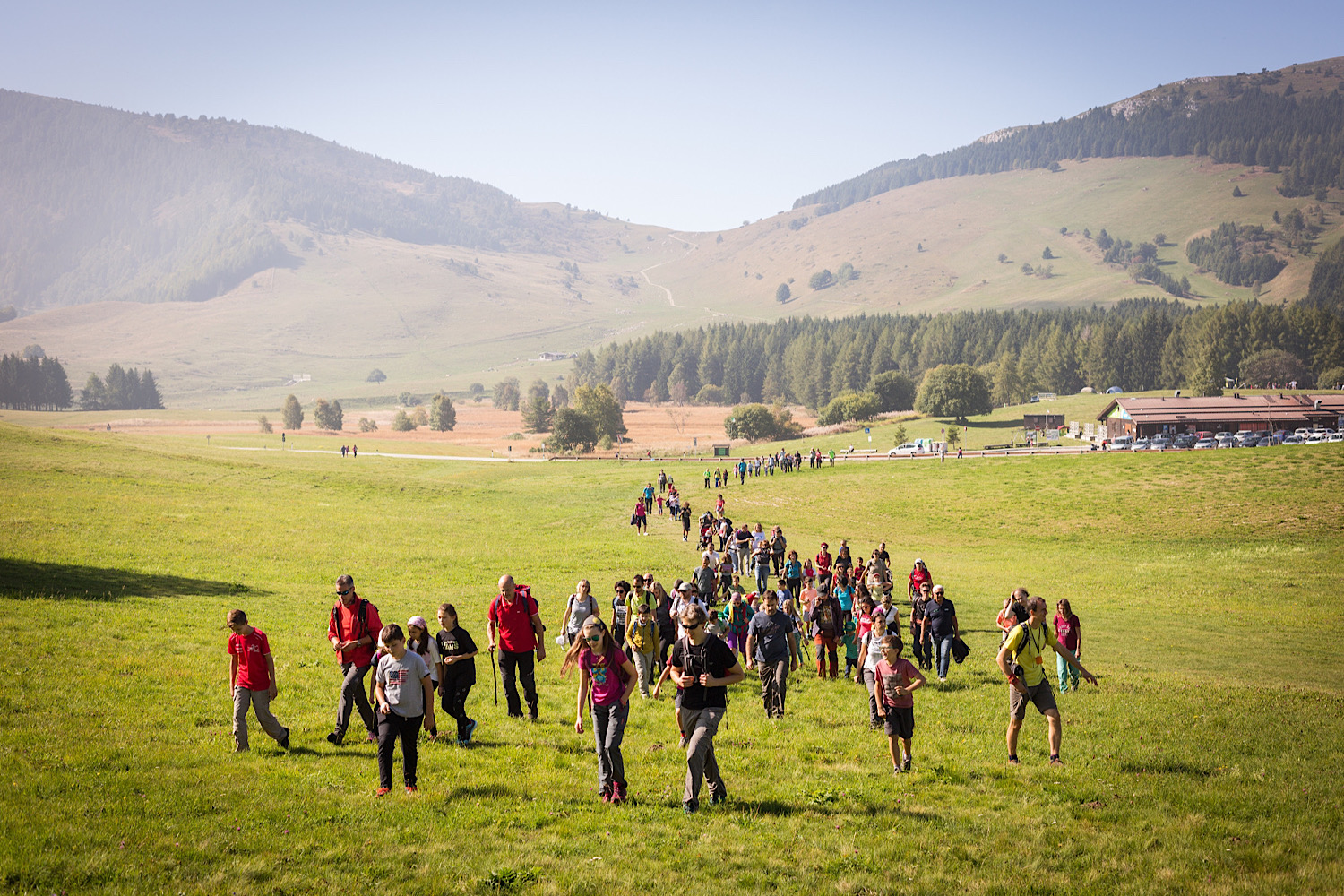The Mammoth Steppe: A Rich Ecosystem of Ice Age Giants
The Mammoth Steppe - endless expanses serving as a habitat for numerous large mammals such as the woolly mammoth, woolly rhinoceros, cave bear, cave lion, and others. It stretched southward from the glacier masses when large parts of the Northern Hemisphere were glaciated during cold periods. The mammoth steppe is the epitome of the Ice Age environment. However, the Ice Age was characterized by alternating warm and cold periods.
Ice Age Cycles: The Mysteries of Cooling and Warming
For over 2.5 million years both poles have been covered by massive ice caps. During the coldest phases, the global annual average temperature was up to 20°C lower than today. The causes of the cycles of cooling and warming are considered the greatest unresolved questions in geology. Causal factors include variations in the Earth's orbit around the sun, as well as changes in deep-water upwelling in Antarctica and resulting atmospheric CO2 changes. Currently, we have been in the most recent warm period of the Ice Age for about 12,000 years, with a significantly milder climate and milder winters.
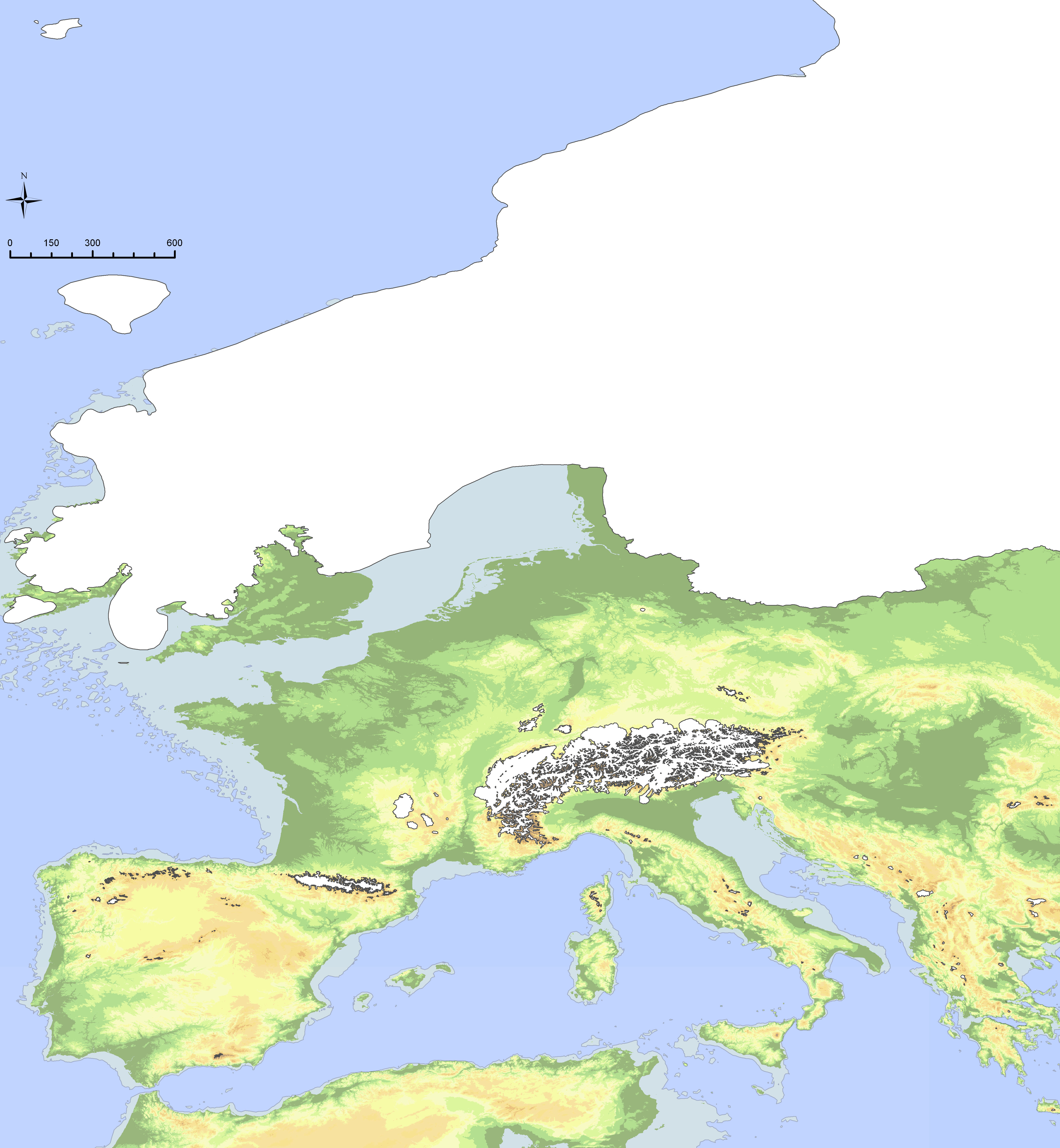
Ice Age: A Crucible of Human Evolution and Cultural Heritage
The Ice Age with its cyclic alternations of warm and cold periods, served as the climatic stage for the evolution of our species. Over two million years, our ancestors laid the foundations of our present-day cultures. Remains from the Ice Age are among the most important testimonies of our cultural heritage and human development. They represent sites of everyday life as well as evidence of masterful ancient art.
Ice Age Europe: Unveiling Ancient Human Life and Migration
Some of the most important Ice Age sites are located in Europe, where human remains and rock art have been discovered, along with campsites containing many extraordinary finds and evidence that allow us to reconstruct the lives of people from that time. These people lived as hunters and gatherers. Although they were biologically diverse, they all shared the same way of life. They were skilled in adjusting to various environmental conditions, including the cold, open landscapes of the glacial periods as well as the forests of Europe during the interglacial periods. The adaptability of Ice Age humans was due to their mobility. They were highly mobile within their habitats, utilizing local resources but also moving across larger areas over the long term. Changes in climate and prey behavior, for example, could lead to gradual shifts to different habitats and the expansion to new continents. Homo erectus was the first human species to migrate from Africa to Europe and Asia.
Europe and Asia became truly diverse during the last Ice Age. While our immediate Homo sapiens ancestors emerged in Africa, descendants of Homo erectus evolved into Neanderthals in Europe and Denisovans in the far east. These three human forms had contact with each other and left genetic traces in one another. Initially, Neanderthals and Denisovans encountered each other. As they spread, modern humans also interbred with both groups. However, these encounters were sporadic and left only minor traces in our genome. Today, we carry an average of 1-2% Neanderthal heritage within us. Neanderthals disappeared about 40,000 years ago, and Denisovans likely vanished even earlier, around 50,000 years ago, possibly due to dramatic climatic events.
All members of the Ice Age Europe network have a direct connection to an archaeological site.
Exploring Neanderthal Origins
Famous Neanderthal bones were found in the caves of Krapina and Neandertal. In Neandertal, the first known discoveries, after which the human species was named, were made.
The largest collection of Neanderthal remains, consisting of 900 bones, was recovered from the Krapina cave. The museum there presents the Neanderthals as part of the entire evolutionary history.
Enchanting Rock Art
Unique rock art can be observed in several places across Europe. Visitors can immerse themselves in an authentic environment and experience the past. Where original sites cannot be visited for conservation reasons, replicas have been created as faithfully as possible.
Mobile Ice Age art
The birthplace of mobile Ice Age art is Blaubeuren, where not only some of the oldest ivory animal sculptures are found, but also the oldest depiction of a female figure and the oldest musical instruments – flutes crafted from mammoth ivory and bird bones.
Ice Age Landscapes: Stories from the Past
The surrounding landscapes are equally important. Partners at the MUSE in Italy tell stories from the past about hunters and gatherers, passing mammoth herds, and the many changes that have shaped the European landscape during the Ice Age and post-Ice Age, as we know it today.
Live archaeological excavations and current research
At sites where research is still ongoing archaeological excavations can even be observed, for instance in Scladina Cave.
Further current research projects can be found here:

